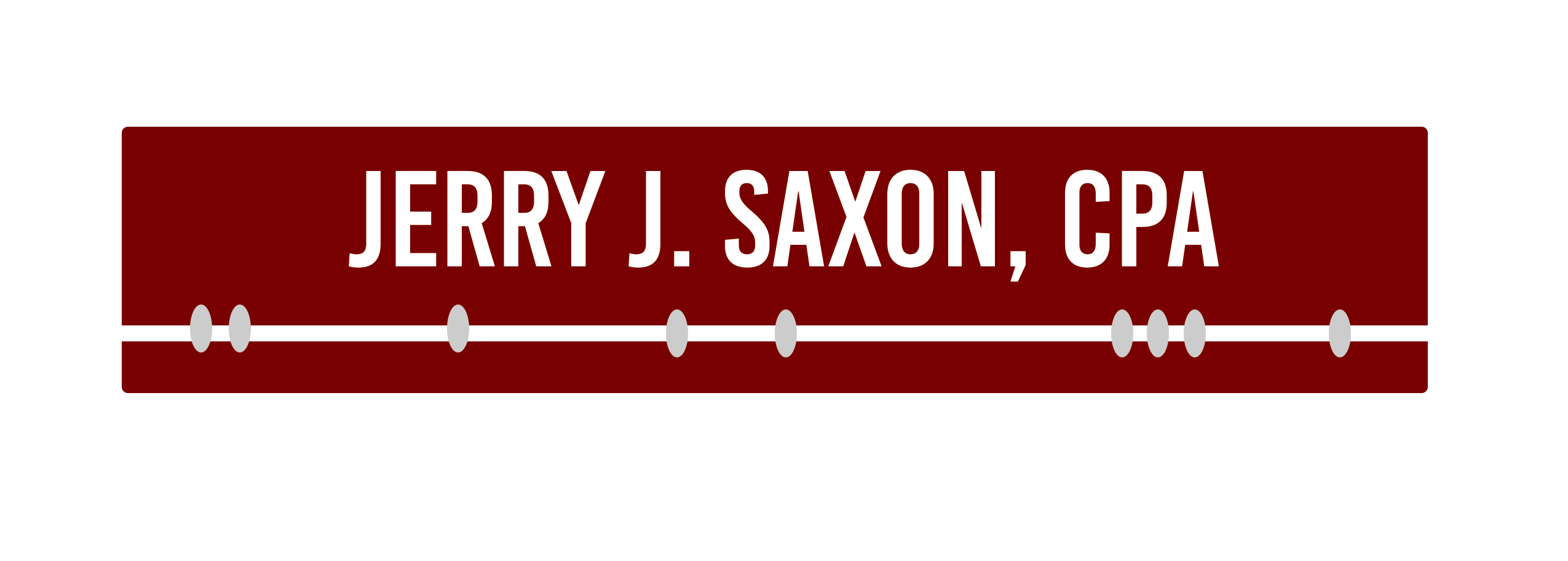Contract Compliance for Tax Exempt Organizations (Nonprofits)
Contract Compliance for Tax Exempt Organizations (Nonprofits)
Providing Housing Assistance to Qualified individuals and families.
Programs which we have provided assistance to Nonprofit Organizations are as follows:
- Home Investment Partnership Program (HOME)
- Low Income Housing Tax Credits (LIHTC)
- Native American Housing Assistance & Self Determination Act (NAHASDA)
The HOME Program imposes several requirements that have a direct impact on how property management functions are carried out in a HOME-assisted property. These relate to tenant income limits, rent restrictions, minimum property standards, marketing, and record-keeping. Most HOME requirements have a less direct impact on asset management functions. However, effective asset management is also important because the long-term financial and physical health of a HOME-assisted property directly impact an owner’s ability to maintain a property as affordable housing for low-income households.
The fundamental rules of the LIHTC program appear in Section 42 of the Federal Internal Revenue Code, Treasury Regulations regarding Final regulations, and the Oklahoma Housing Finance Agency’s Chapter 36 Rules. It is necessary for the owners to familiarize themselves with these two documents in order to understand their responsibilities under the program.
The Native American Housing Assistance and Self Determination Act of 1996 (NAHASDA) reorganized the system of housing assistance provided to Native Americans through the Department of Housing and Urban Development by eliminating several separate programs of assistance and replacing them with a block grant program. The two programs authorized for Indian tribes under NAHASDA are the Indian Housing Block Grant (IHBG) which is a formula based grant program and Title VI Loan Guarantee which provides financing guarantees to Indian tribes for private market loans to develop affordable housing. Regulations are published at 24 CFR Part 1000.
NAHASDA was amended in 2000 to add Title VIII-Housing Assistance for Native Hawaiians. The amendment to NAHASDA adds similar programs for Native Hawaiians who reside on Hawaiian Home Lands. Regulations for implementing Native Hawaiian Housing Block Grant (NHHBG) program are published at 24 CFR Part 1006.
Internal Controls for Tax Exempt Organizations (Nonprofits)
Internal Controls for Tax Exempt Organizations (Nonprofits)
Proper internal controls are essential for all organizations. “Internal controls” are financial management practices that are systematically used to prevent misuse and misappropriation of assets, such as occur through theft or embezzlement. Internal controls are generally described in written policies that describe the procedures that the nonprofit will follow, as well as who is responsible. The goal of internal controls is to create business practices that serve as “checks and balances” on staff (and sometimes board members) or outside vendors in order to reduce the risk of misappropriation of funds/assets. This may be very difficult but not impossible, for many small nonprofits to accomplish due to the size of the staff and/or the number of volunteers.
A few examples of internal control policies:
- A policy that requires two signatures on a check. This business practice is designed to prevent one person from having sole authority for writing checks on the nonprofit’s behalf,
- All nonprofit organizations should establish a confidential and anonymous mechanism to encourage employees to report inappropriate financial management. At the same time, organizations should develop procedures for handling employee complaints so that no retaliation-including firing, demotion, suspension, harassment, failure to consider for promotion, or any other discrimination-is permitted.
- A policy requiring that employees may only be reimbursed for expenses that are approved in advance, in writing;
- A “segregation of duties” policy requiring that, no single individual should be responsible for writing and signing checks or vouchers and receiving, recording, securing, and depositing cash and other receipts.
- A periodic review by an objective person of the list of all vendors receiving fees/checks from the nonprofit (because a common scheme involves creating a fictitious vendor).
- A policy to keep all cash in a locked drawer and to deposit cash and checks in the bank, soon after they are received.
- A policy to conduct a background check of employees who handle money, prior to hire and periodically throughout employment.
Where should you start? The top priority for any nonprofit is to put in place at least the basic internal controls that address who has access to the nonprofit’s bank accounts, and who has authority to spend money on the nonprofit’s behalf, whether via check, cash, credit card, or some other means.
